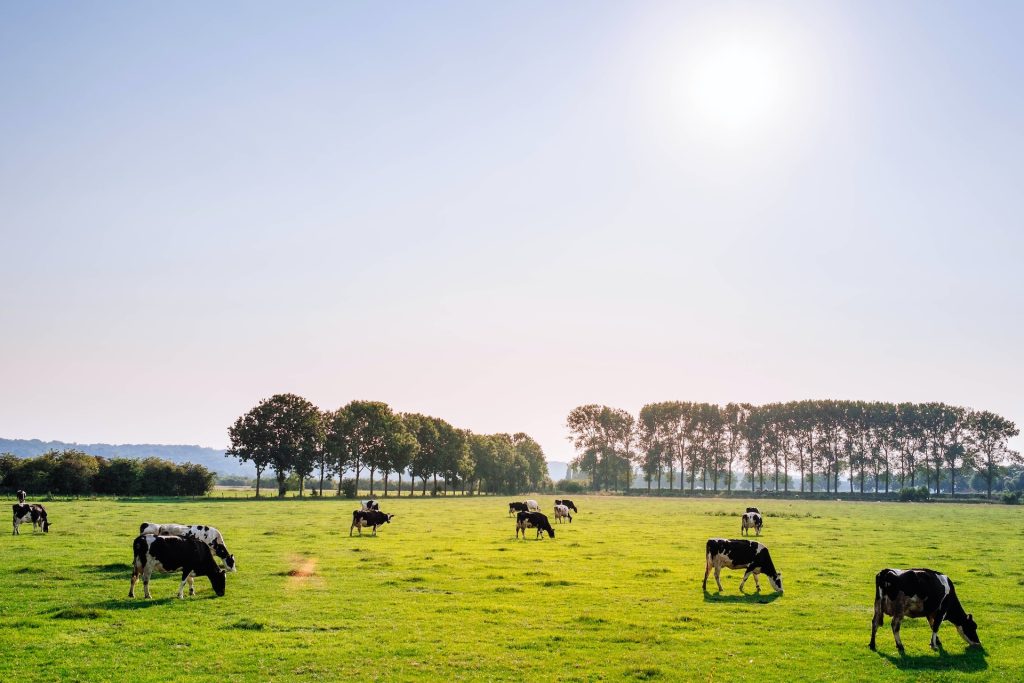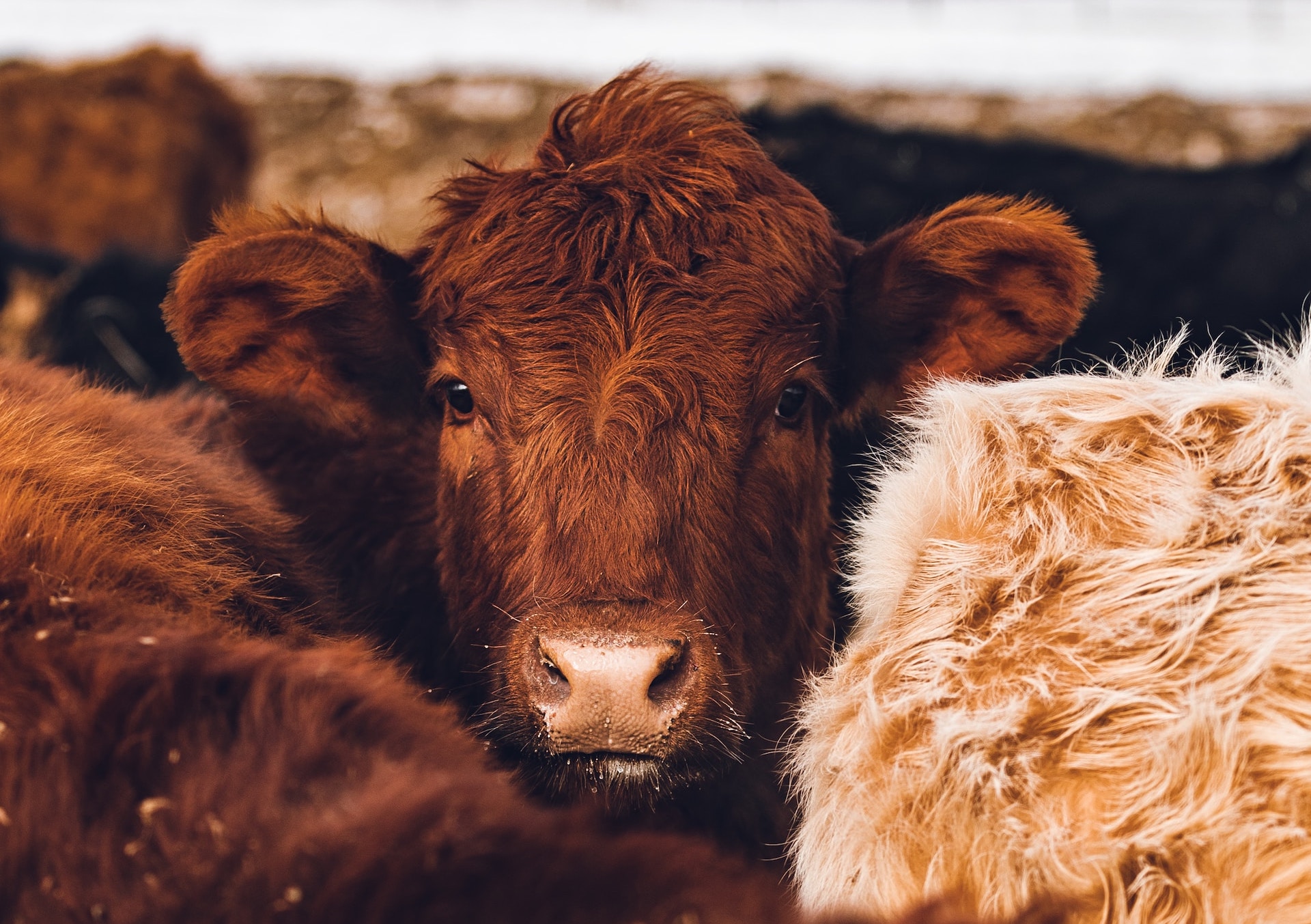As a farmer, you probably know just how important it is to cater to the needs of your livestock. Whether it’s making sure they have enough food and water or enough space to roam around, you are dedicated to ensuring their wellbeing.
However, have you ever wondered how your cows sleep?
With the vast amount of hours they spend in their stables, it’s important to understand their sleeping patterns and habits. In this blog, we’ll explore everything you need to know about how cows catch some Z’s.
1. Cows are ‘Ruminants’
The first thing you should know is that cows are ruminants, which means they have a four-compartment stomach designed to break down tough vegetation.
They also need to regurgitate their food and chew it multiple times, which takes up a significant amount of their time. Due to their digestive system, cows tend to sleep on and off throughout the day, making their sleeping pattern less structured than a human’s.
Cows require at least 4 hours of sleep a day; however, they can sleep for longer if they’ve been active during the day.
2. Cows Sleep in Standing and Lying Positions
You may have seen cows sleeping while standing up.
This is because cows, like horses, have a locking mechanism in their legs that allows them to sleep while standing. It’s common for cows to sleep for short intervals while standing before lying down for a longer sleep.

Cows prefer to sleep while lying down, especially during deep sleep. To be comfortable, they need to be in a stable, secure area with enough space to rest on their side.
3. Cows Experience REM Sleep
Yes, cows dream too! Rapid Eye Movement (REM) sleep, also known as deep sleep, is an essential factor of a good night’s sleep.
During REM sleep, muscles fully relax, and the brain processes information and stores memories. Cows experience this type of sleep, and you may notice some twitches or movements from the cow during REM sleep.

4. Cows Prefer Routine
Cows thrive on routine, and this extends to their sleeping patterns. They tend to wake up and sleep at around the same time, making it easier for you to monitor their sleeping habits and create a stable environment.
Disturbing a cow’s routine sleep pattern can lead to stress, which may negatively affect their overall wellbeing and health.
5. A Comfortable Environment is Key
Lastly, it’s essential to give your cows a comfortable environment to sleep in. They need enough space to stretch out and climb back up to stand.

Provide them with bedding that’s soft, dry, and clean. Dirty and damp bedding is associated with increased mastitis infections and lameness in cows, which can also affect their sleeping patterns.
Conclusion
Cows are fascinating animals, and understanding their sleeping patterns is an important factor to consider when caring for them.
By catering to their basic needs, such as providing them with comfortable bedding and allowing them to establish a routine, you’ll ensure they get the right amount and quality of sleep. With happy and healthy cows, your farm will be set to thrive.
